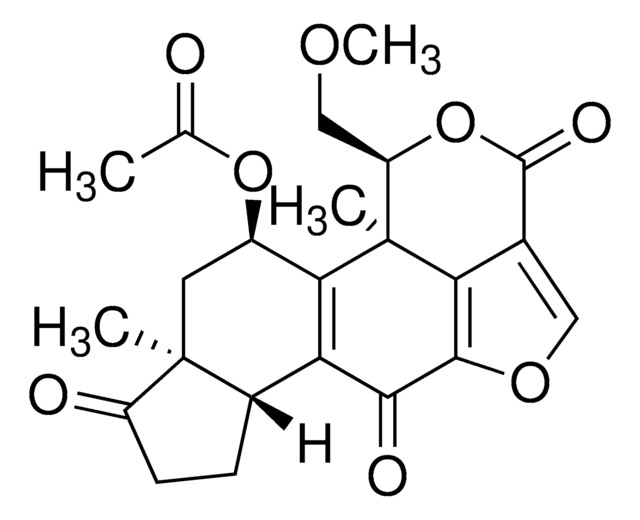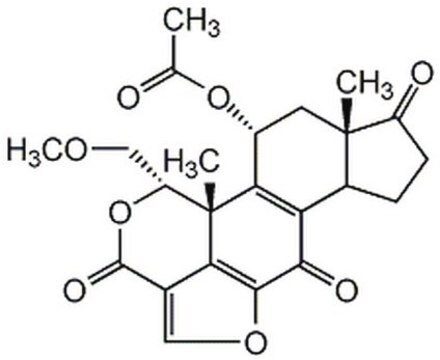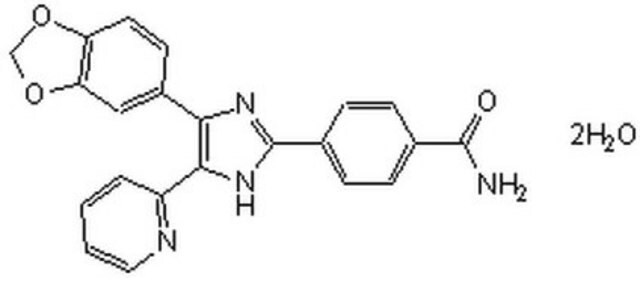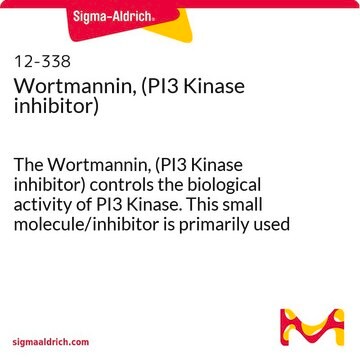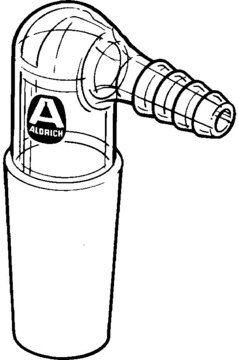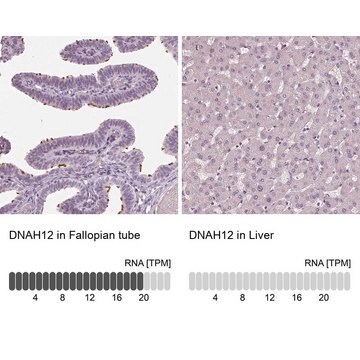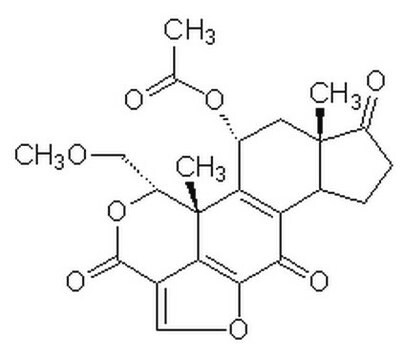07-1341
Anti-PHLPP1 Antibody
from rabbit, purified by affinity chromatography
Sinónimos:
PH domain and leucine rich repeat protein phosphatase, PH domain leucine-rich repeat protein phosphatase, Pleckstrin homology domain-containing family E protein 1, SCN circadian oscillatory protein, Suprachiasmatic nucleus circadian oscillatory protein
About This Item
Productos recomendados
origen biológico
rabbit
Nivel de calidad
conjugado
conjugate
forma del anticuerpo
affinity isolated antibody
tipo de anticuerpo
primary antibodies
clon
polyclonal
Formulario
liquid
purificado por
affinity chromatography
reactividad de especies
rat, mouse, human
técnicas
immunocytochemistry: suitable
western blot: suitable
secuencia del inmunógeno
KLH-conjugated linear peptide corresponding to the C-terminus of PHLPP1.
Nº de acceso NCBI
Nº de acceso UniProt
Condiciones de envío
wet ice
temp. de almacenamiento
2-8°C
Información sobre el gen
human ... PHLPP1(23239)
Descripción general
Especificidad
Inmunógeno
Aplicación
Signaling
PI3K, Akt, & mTOR Signaling
Calidad
Western Blot Analysis: A 1:1,000 dilution of this antibody detected PHLPP1 in Human brain tissue lysate.
Descripción de destino
Forma física
Almacenamiento y estabilidad
Nota de análisis
Human brain tissue lysate
Otras notas
Cláusula de descargo de responsabilidad
¿No encuentra el producto adecuado?
Pruebe nuestro Herramienta de selección de productos.
Código de clase de almacenamiento
12 - Non Combustible Liquids
Clase de riesgo para el agua (WGK)
WGK 1
Punto de inflamabilidad (°F)
Not applicable
Punto de inflamabilidad (°C)
Not applicable
Certificados de análisis (COA)
Busque Certificados de análisis (COA) introduciendo el número de lote del producto. Los números de lote se encuentran en la etiqueta del producto después de las palabras «Lot» o «Batch»
¿Ya tiene este producto?
Encuentre la documentación para los productos que ha comprado recientemente en la Biblioteca de documentos.
Nuestro equipo de científicos tiene experiencia en todas las áreas de investigación: Ciencias de la vida, Ciencia de los materiales, Síntesis química, Cromatografía, Analítica y muchas otras.
Póngase en contacto con el Servicio técnico